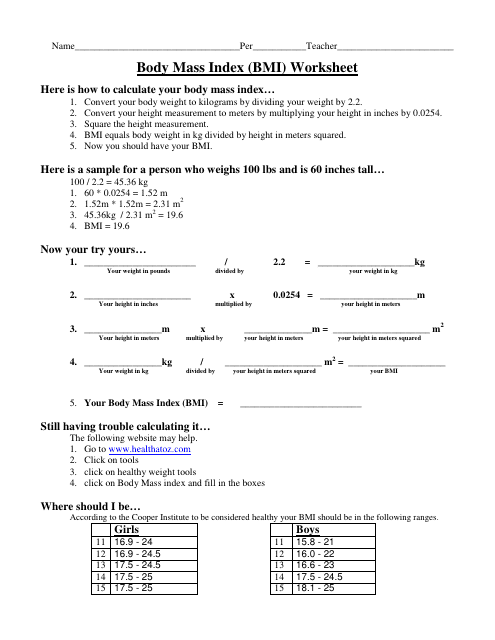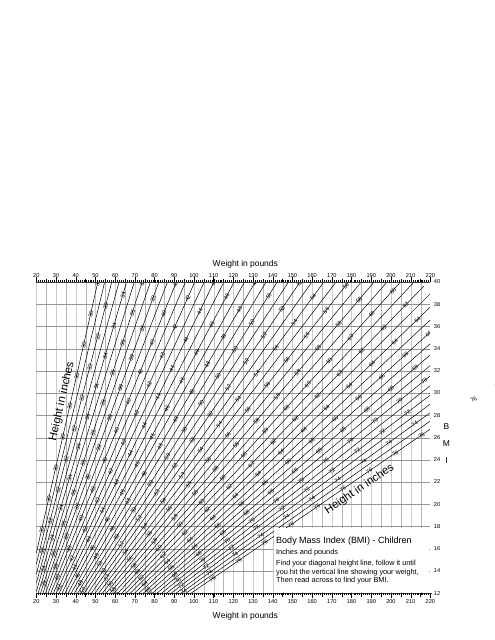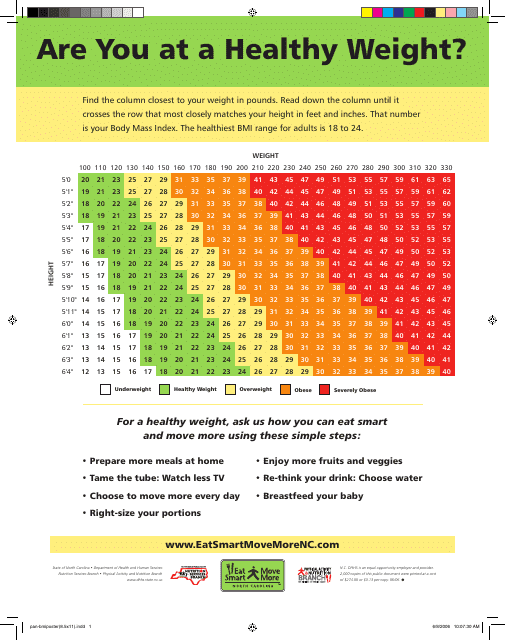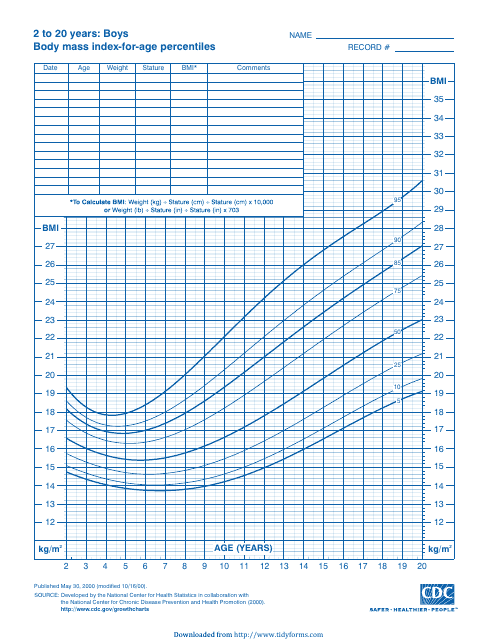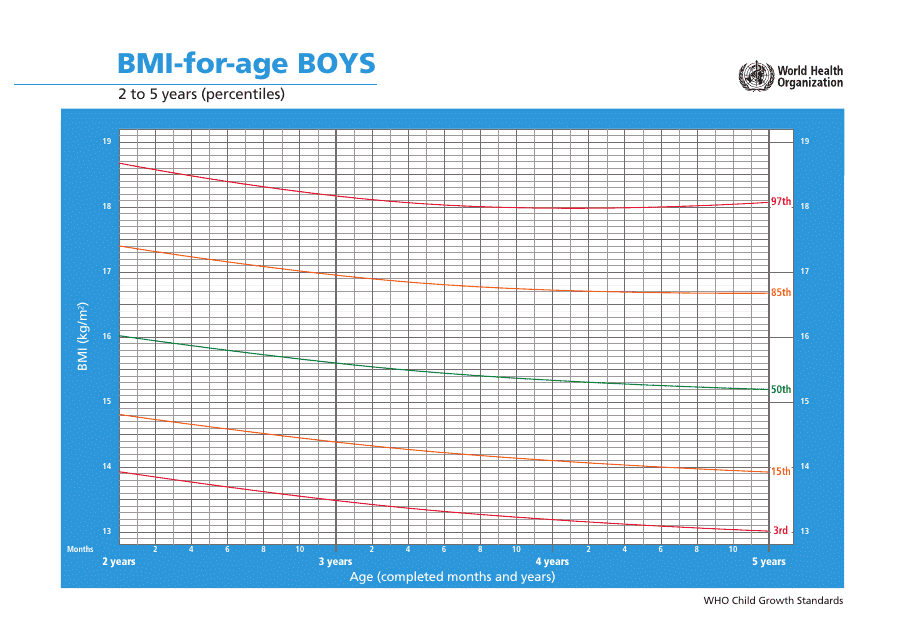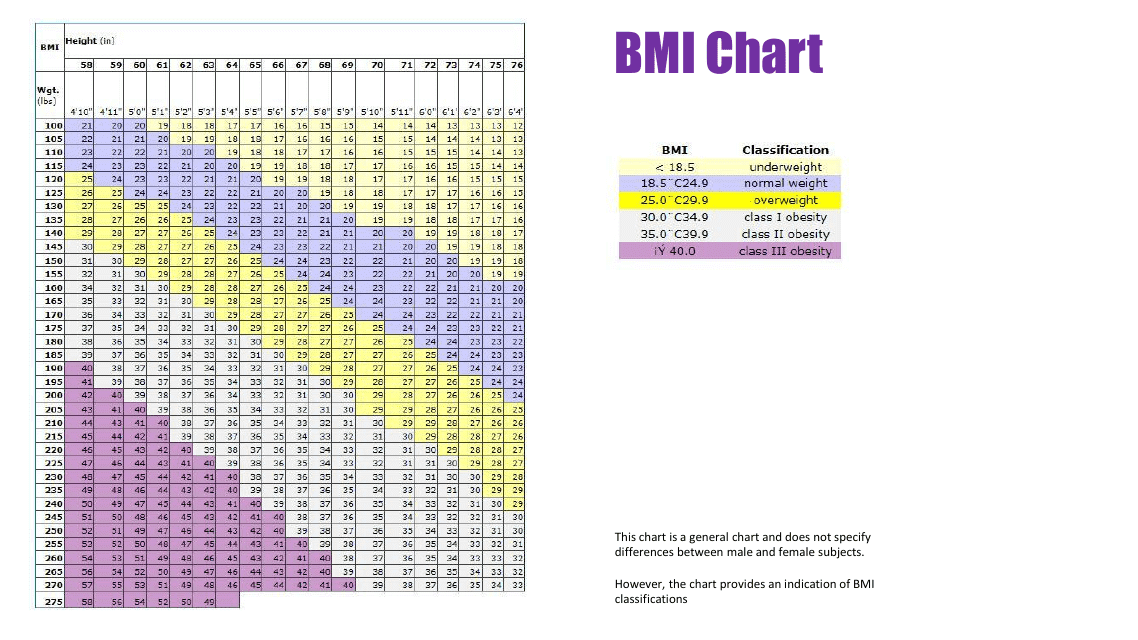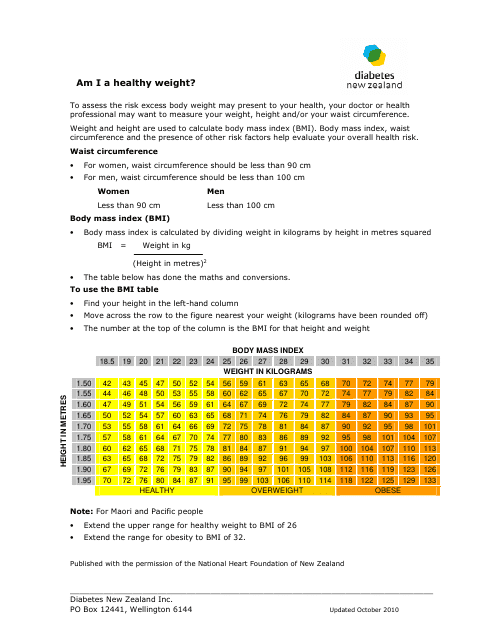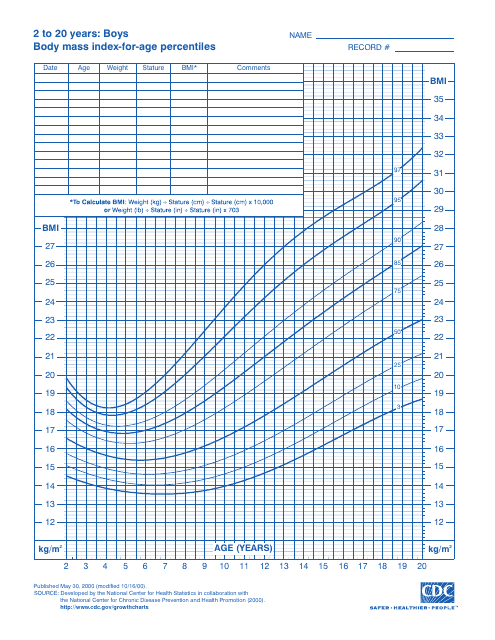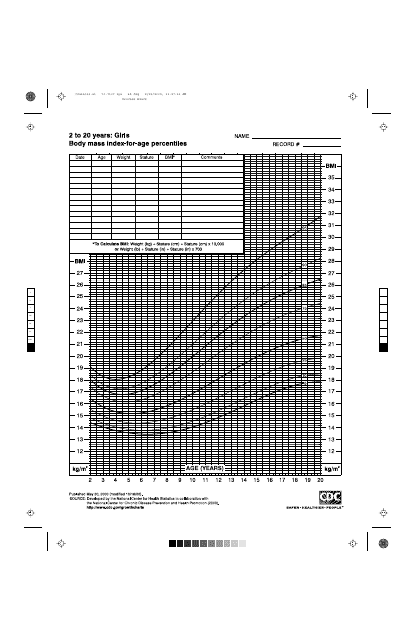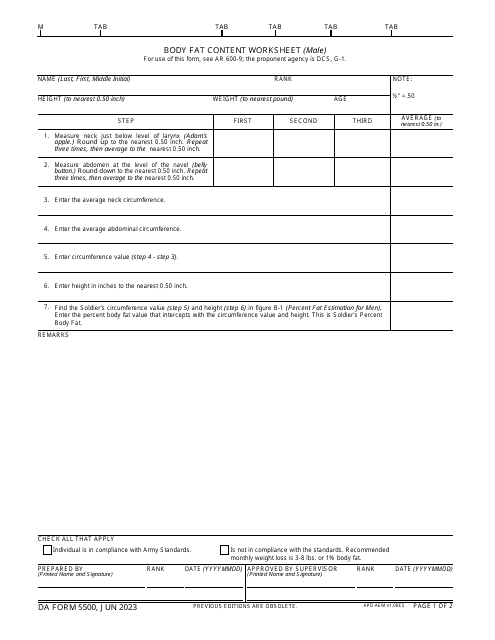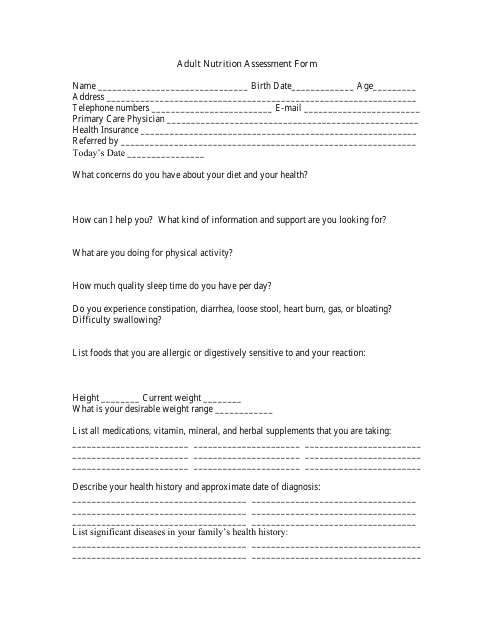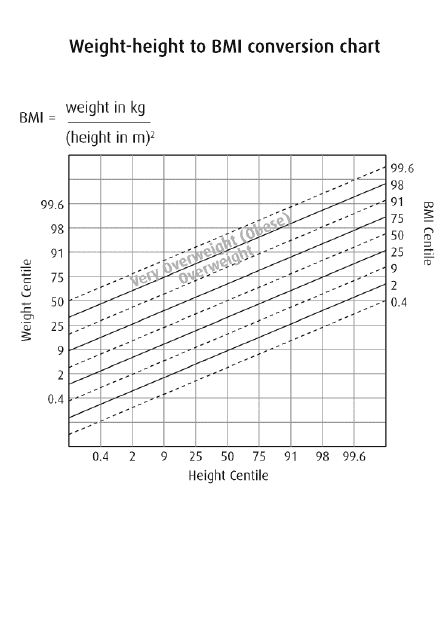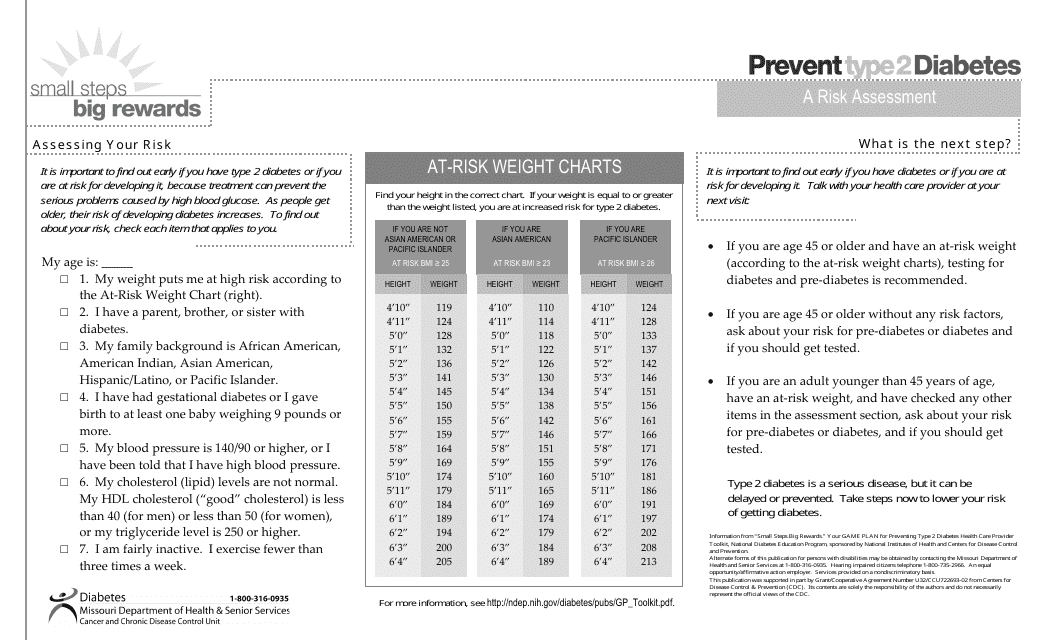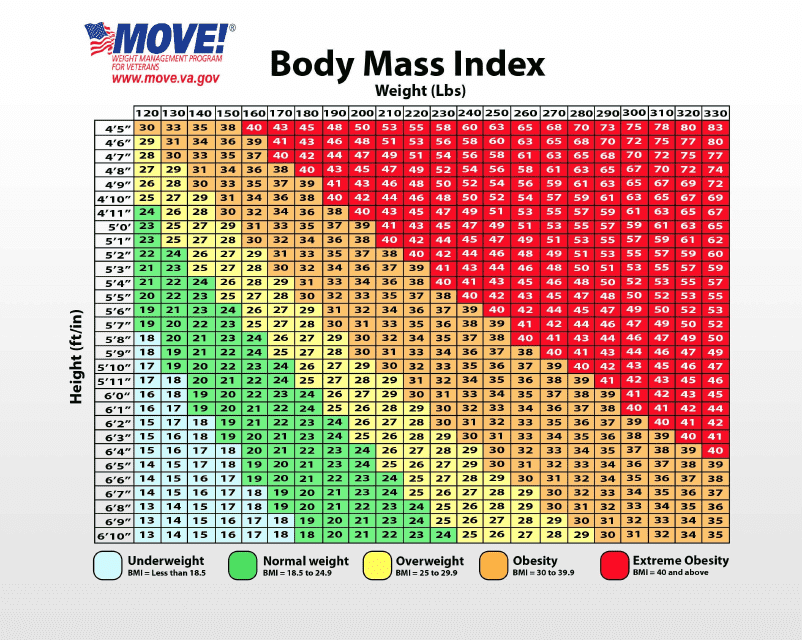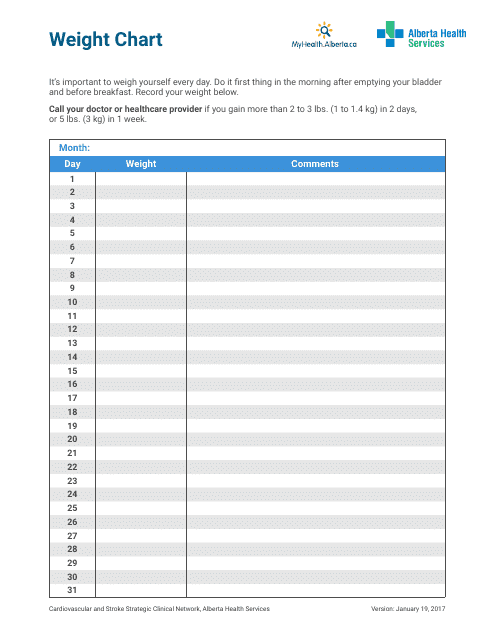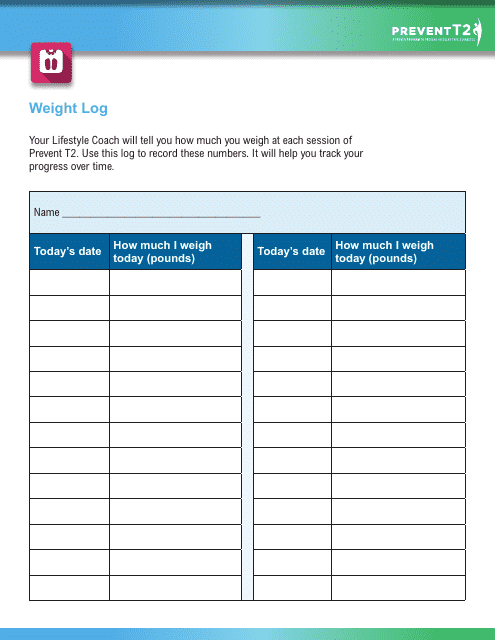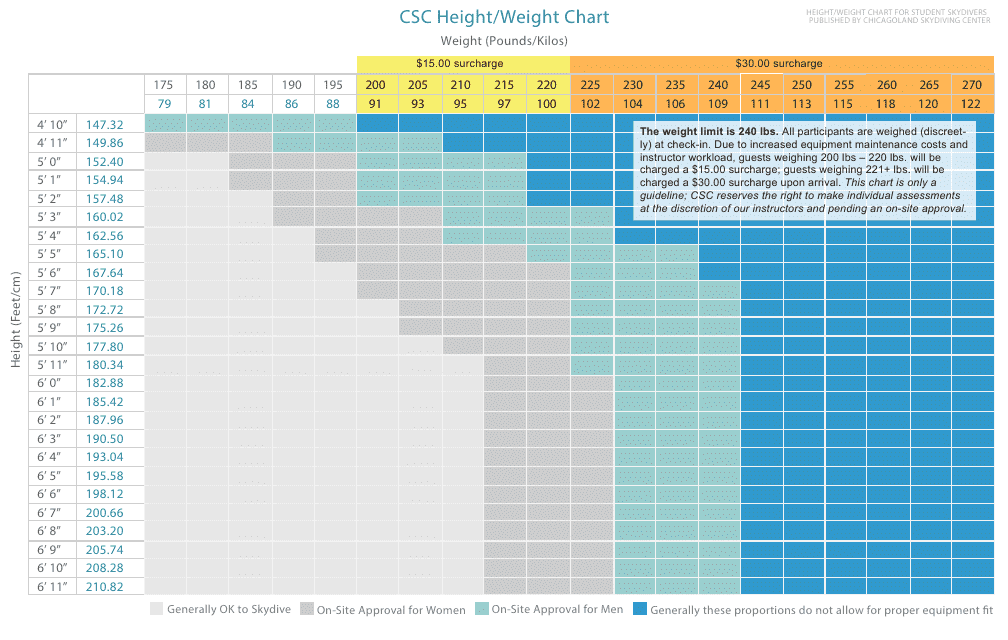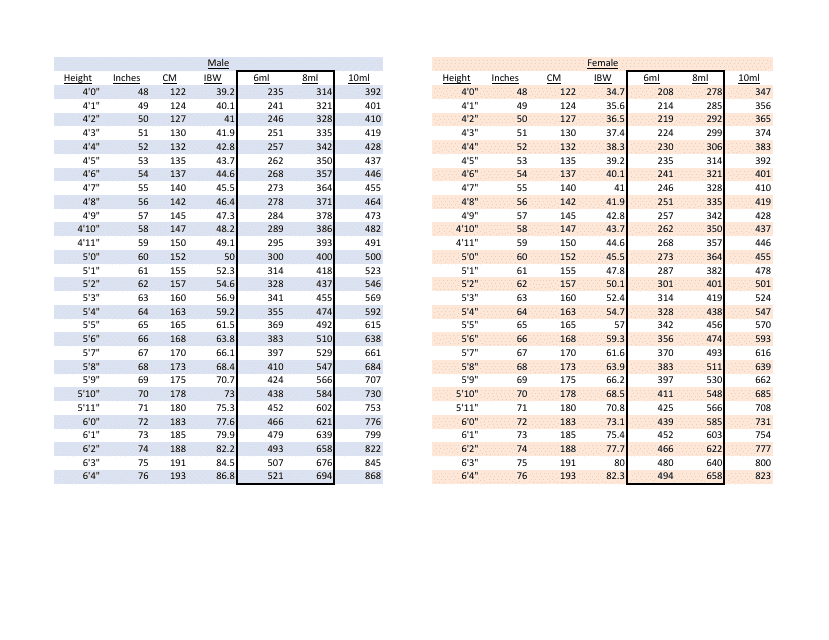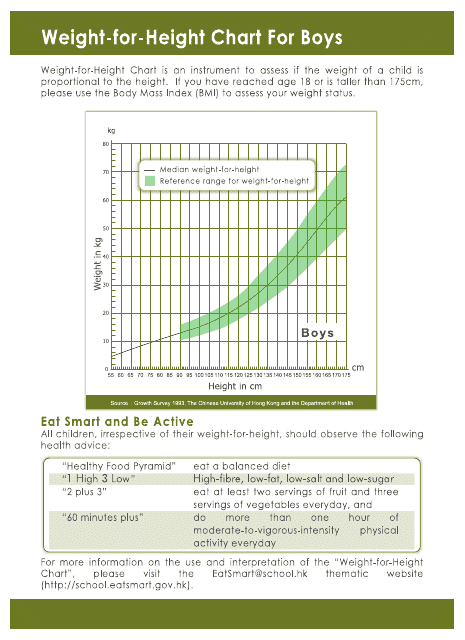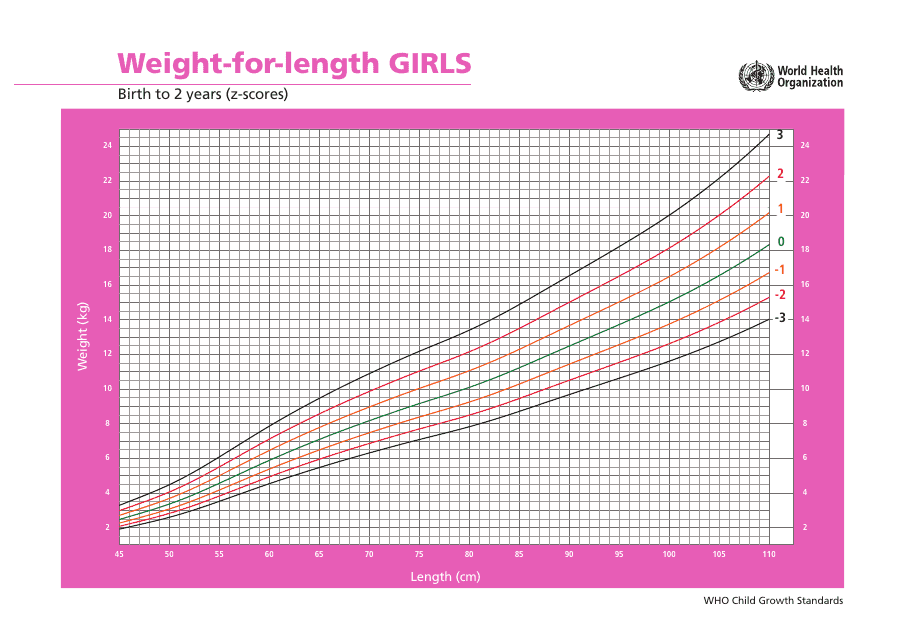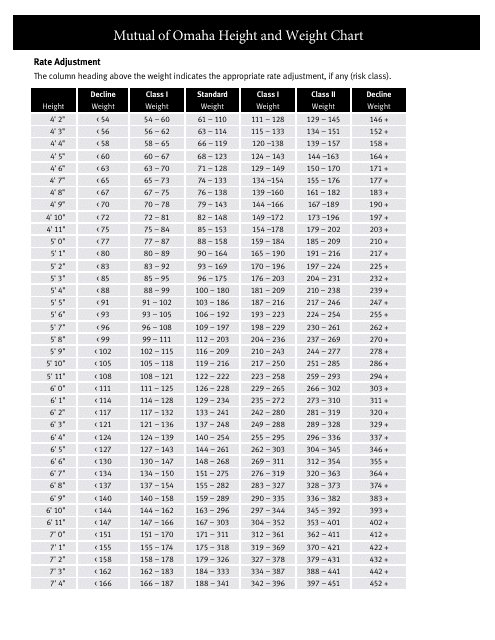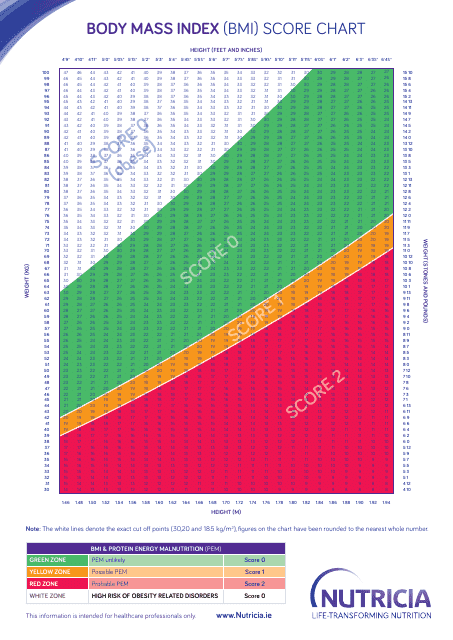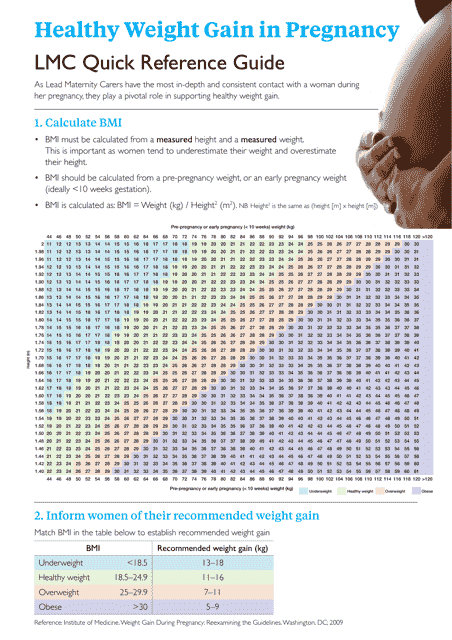Body Mass Index Charts
Documents:
34
This document is a worksheet to calculate your Body Mass Index (BMI).
This document is a template for tracking your weight loss progress over time. Use it to set goals and track your weight loss journey.
This document provides a chart that helps adults determine their Body Mass Index (BMI) based on their height and weight. BMI is a measure of body fatness and can indicate whether a person is underweight, normal weight, overweight, or obese. Use this chart to assess your BMI and understand its implications for your health.
This document provides a Body Mass Index (BMI) chart specifically designed for children. It helps parents and healthcare professionals assess a child's weight status based on their age and height.
This form is used as a Body Mass Index (BMI) chart for participants in the Minneapolis VAMC Move! Program.
This BMI chart is used to calculate the Body Mass Index (BMI) for adults. It helps determine if a person's weight is within a healthy range based on their height.
This document provides a chart to help adults determine their Body Mass Index (BMI), which is a measurement of body fat based on height and weight. It helps individuals understand if their weight falls within a healthy range or if they are underweight, overweight, or obese.
This document displays the growth chart for boys aged 2 to 20 years. It includes Body Mass Index (BMI) percentiles ranging from the 5th to the 95th percentile.
This document provides a growth chart for boys between the ages of 2 to 5 years, specifically measuring the Body Mass Index (BMI) percentiles. It helps track and monitor a child's growth and weight status.
This document provides a general BMI (Body Mass Index) chart used to determine if a person is underweight, normal weight, overweight, or obese based on their height and weight.
This document provides a Body Mass Index (BMI) chart for individuals in New Zealand. It is useful for monitoring weight and determining if a person is at a healthy or overweight level.
This type of document is a growth chart specifically for boys from birth to 2 years old. It uses BMI-for-age percentiles to track and measure a child's growth and development.
This chart shows the Body Mass Index (BMI) percentiles for boys aged 6 to 18 years old. It is used to track a child's weight status and determine if they fall within a healthy range for their age.
This document provides a growth chart for boys aged 2 to 20 years, showing the body mass index (BMI) percentiles for their age. The chart ranges from the 3rd percentile to the 97th percentile, helping parents and healthcare professionals monitor a boy's growth and weight.
This document provides a growth chart for girls aged 2 to 20 years, showing body mass index (BMI) percentiles ranging from the 5th to 95th percentile. It is used to track a girl's growth and determine her BMI compared to other girls her age.
This document is a weight tracking chart template that can be used to monitor and record your weight over time. It helps you track your progress and set goals for weight management. Keep track of your weight with this convenient template.
This document is related to the DA Form 5501 and is used for recording the percentage of body fat of a male service member.
This form is used for assessing the nutrition needs and health status of adults. It helps determine dietary habits, nutrient intake, and potential risk factors for diet-related diseases.
This form is used for evaluating one's fitness level and determining their overall health and physical condition. It is commonly used by fitness professionals and trainers to gather information about an individual's exercise habits, medical history, and goals. The form typically includes sections for recording measurements such as height, weight, and body fat percentage, as well as questions about exercise preferences and past injuries. This document is essential for creating personalized fitness programs and monitoring progress over time.
This is a useful template for those individuals that are planning on losing weight as a way to keep a record of what specific changes your body has undergone over a specific period of time.
This document provides a chart that helps convert weight and height measurements into Body Mass Index (BMI) values. The BMI is a measure of body fat based on a person's weight and height.
This document provides at-risk weight charts used to assess the health and weight status of individuals.
This chart helps you track your body mass index (BMI) to determine if you are at a healthy weight.
This Form is used for tracking and recording your weight to help prevent or manage type 2 diabetes.
This document provides a chart that helps evaluate body mass index (BMI) in relation to diabetes mellitus.
This document is a height/weight chart used to track and monitor an individual's weight and determine if they fall within a healthy range based on their height. It can be used by healthcare professionals, fitness experts, and individuals seeking to maintain their overall health.
This document provides an ideal body weight chart to help you determine the recommended weight range based on your height and gender.
This document provides a weight-for-height chart specifically designed for boys. It helps to determine the expected weight range based on their height.
This chart is used to track the weight-for-length measurements for girls from birth to 2 years old. It helps monitor growth and development during this age period.
This document provides a height and weight chart for Mutual of Omaha. The chart helps individuals determine a healthy range of weight based on their height.
This document provides a chart that helps you calculate your BMI (Body Mass Index) and your weight loss score. It is a useful tool to keep track of your health goals and progress.
This document provides a chart to help pregnant women track their body mass index (BMI) during pregnancy.

